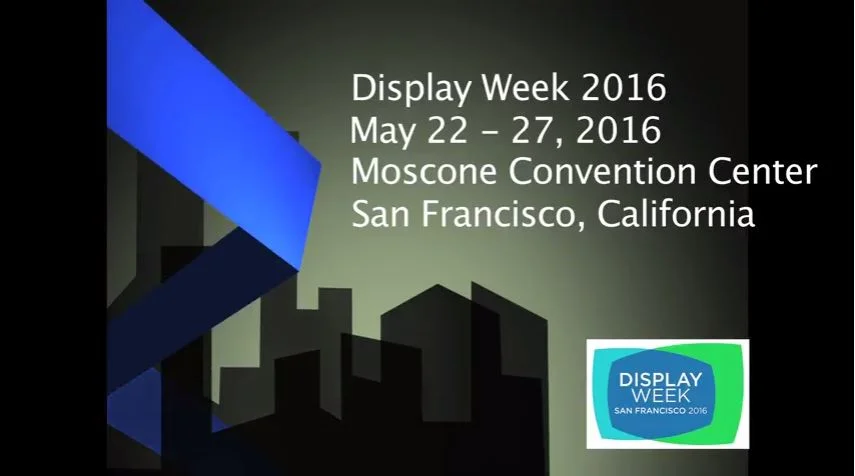Often we get obsessed with new ideas, new technologies, and new initiatives that we can forget that a key part of strategy is what you are going to say “no” to. This applies to us individually, in our companies and as an industry.
So, what are five things that I think the AV industry should stop doing?
1. Holding onto the past
Those of us who have been in the industry for a while like to attend the InfoComm trade show and reconnect with old friends and colleagues. This is great and useful. However, we should avoid reminiscing to the point of distraction. We should not romanticize the “good old days.” There are a lot of exciting things going on today in the industry and in order to maintain our enthusiasm, we have to make sure we are not looking backward. We must contain our cynicism, approach innovation with open minds and be constantly advocating for our customers, who may not have our experience, but whose needs are real and fresh.
2. Caring more about the technology than our customers
All the manufacturers and brands in the AV industry are proud of their innovations. The news feed around InfoComm is always crowded with “new,” “never before,” “biggest,” “brightest” and “best.” But all of the speeds-and-feeds don’t matter at all if we are not solving problems for our customers and providing them real value. They don’t care about what adjectives we use to describe our innovations or our business. They care about their own business and they care that we care about their business.
3. Treating every customer the same
Most of us in the AV industry sell to multiple vertical markets and applications. For instance, in the display space customers’ needs for large-format displays or videowalls can span multiple vertical markets. This doesn’t mean we shouldn’t provide tailored solutions for different market segments. Although some high-level specifications are applicable everywhere (for instance, inches diagonal, brightness, etc.), other features are uniquely suited for particular uses. As an example, our Planar UltraRes Series UHD/4K display has features that make it perfect for executive offices and conference rooms, where there is a need to switch between full-screen presentations and the view of multiple sources at once. I love to see customers stretching a desktop across the bottom two quadrants of the display and two other sources in the top two quadrants, like a broadcast news feed or a real-time corporate performance dashboard.
4. Hiring people who fit a stereotypical “AV” profile, instead of the profile of our customers
Closely related to #2 and #3, we have a real opportunity to be increasingly relevant to our clients. I mean no offense against the exceptional professionals in the market who are white, male and highly-technical, but the market is changing and the profile of the buyers is changing and we must adapt. Those making AV decisions are increasingly diverse teams. They want partners with technical capabilities, of course. They want partners with experience, naturally. And they want more. They want teamwork, exceptional communication, a willingness to partner with the design community, the ability to speak other languages (literally and figuratively) and a deep understanding of the needs they bring to the table. Our customers want the benefits of diversity, in background and perspective. People buy from people and having a diverse workforce is increasingly important. The work that the Women of InfoComm Network council is doing is a strong step in this direction. We all have a responsibility to think about this as we make hiring decisions and as we develop our employees.
5. Assuming that the pipeline of talent is someone else’s responsibility
We all know that the key to a successful enterprise is the quality of our employees, especially in a service-dominated industry like the AV integration space. They must have the winning balance of technical chops and customer empathy. It’s a hard combination to find and some of the necessary curiosities and abilities are difficult to teach. Most integrators have developed their own hiring practices over time (starting with friends and family, advertising in local communities, poaching from other local firms, etc). There is a huge on-the-job element to most jobs in the field, which is why CTS certification and other tools from InfoComm can prove useful as we develop employees. But taking this further, we all have a responsibility to not just provide job opportunities for those who are already qualified for the work, but to develop the pipeline of talent. This could include partnerships with placement offices at local community colleges and technical schools. This could include offering an internship program for college or high school students interested in display experience. This could include participating actively in STEM (science, technology, engineering and math) education in the local schools in your area (where your future employees are currently studying). It’s a responsibility we all share, to ensure that the talent pipeline for your business and the AV industry is strong into the future.
This article was originally posted by InfoComm International and was reposted by Rave Publications.







































